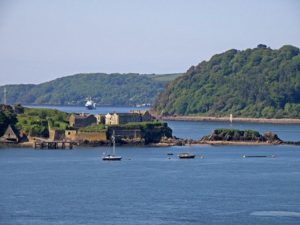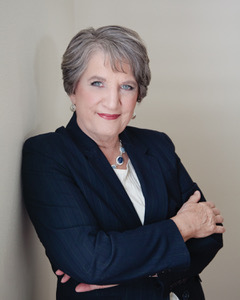2020 was the 400th anniversary of the Mayflower leaving Plymouth in the UK and its perilous journey across the Atlantic. In Plymouth a host of events had been organised to mark the anniversary. Sadly, the COVID lockdown in the UK prevented most of these taking place. Including events such as the celebration in print of the voyage JOURNEY | Tamar Valley Printmakers <https://www.instagram.com/tamarvalleyprintmakers/?hl=en-gband> The Printmakers of Cape Cod | Mayflower 400 | Cape Cod Museum of Art, Dennis MA USA <https://www.artscapecod.org/event/journey-400-years-after-the-mayflower-arrived-in-north-america/> and the showcasing of the creative work of quilters that were exhibited in 2021 <https://www.mayflower400uk.org/events/2021/june-2021/mayflower-400-quilt-exhibition/> and <https://www.mayflower400uk.org/news/2021/april/mayflower-400-flower-and-quilt-exhibition-returns-to-st-andrews-church-in-plymouth>

The photo above is of Drake’s Island in Plymouth Sound which the Mayflower would have sailed past as it embarked on its voyage across the Atlantic. <https://drakes-island.com/>
However, Plymouth in Devon is the home to a permeant reminder of the voyage in the shape of the Mayflower Museum which is very close to the place where the ship departed from. <https://www.visitplymouth.co.uk/things-to-do/mayflower-museum-p928703>

Writers also endeavoured to mark the occasion as Kathryn Brewster Haueisen author of the Mayflower Chronicles: The Tale of Two Cultures explains, “Typically, the Mayflower story we tell is a teacup-size version of a barrel-size historic event that impacted two cultures and two continents. In 1620 a small band of non-conformist Separatists set sail from Plymouth, England in the Mayflower. Two previous attempts to sail in tandem with the Speedwell failed because that ship leaked, even after long delays at Southampton and Dartmouth.
When the two ships anchored in Plymouth, the religious refugees and additional English fortune seekers gave up on the Speedwell. The 102 passengers still determined to reach the New World crowed themselves, along with all their provisions, possessions, and tools onto the Mayflower and set off across the Atlantic.
In November 1620, sixty-six harrowing days later, they finally sighted land, anchored, and set out to explore. Though they saw and heard evidence of Indians, it was months before the two cultures met in person. During those months the English searched diligently for the perfect place to establish their new colony, which they named Plimoth Plantation. They soon learned why this ideal place was uninhabited. All the previous residents of the area, known to the Indians as Patuxet, either died or left due to the pandemic swept through a couple of years earlier.
Over half the Mayflower passengers were either hired by the voyage investors or seeking to make a fortune in the New World. The rest were religious refugees who’d been living in exile in Holland since 1608, to escape the King James’ religious intolerance. He used his royal authority to persecution any who challenged his authority over his Established Church.
On the other side of the Atlantic, the New England area Indigenous people had learned to be leery of Europeans who had introduced deadly diseases and kidnapped young men to sell into slavery. In a fortuitous twist of fate, Tisquantum, one of those kidnapped, wound up living with London merchant John Slaney. Tisquantum learned to speak English and earned his way home as an interpreter who proved useful in the growing trading business.
Tisquantum returned to find his entire Patuxet village completely abandoned, whereupon he sought refuge with Massasoit Ousa Mequin, leader of the regional tribes. In the spring of 1621, he helped the Massasoit negotiate a treaty with the desperate English settlers. The hardships of the voyage, food shortages, and the brutal New England winter put half the English settlers in graves within the first three months. When the Massasoit and his men approached them, the English realized agreeing to the treaty was their best hope of surviving.
From Plymouth, England to Plymouth, United States, that small ship of settlers set in motion events that eventually forged a new country, forever altered life for thousands of indigenous people, and continues to pique the interest of thousands of genealogists, historians, and adventure lovers.
Mayflower Chronicles: The Tale of Two Cultures, set in England, Holland, and New England, tells this classic story from the perspective both the English and Indigenous people.”

Kathryn Brewster Haueisen writes from her home in Houston, Texas, USA. Her novel is available in print, E-book and audio from Amazon.com or Bookshop.org.
Mayflower Chronicles: The Tale of Two Cultures: Available NOW at:
Bookshop.org
Amazon.com/Mayflower Chronicles